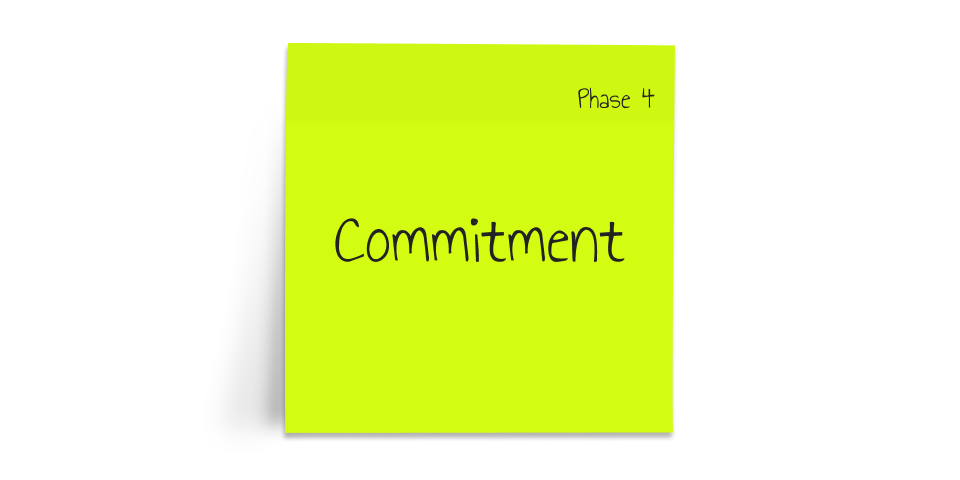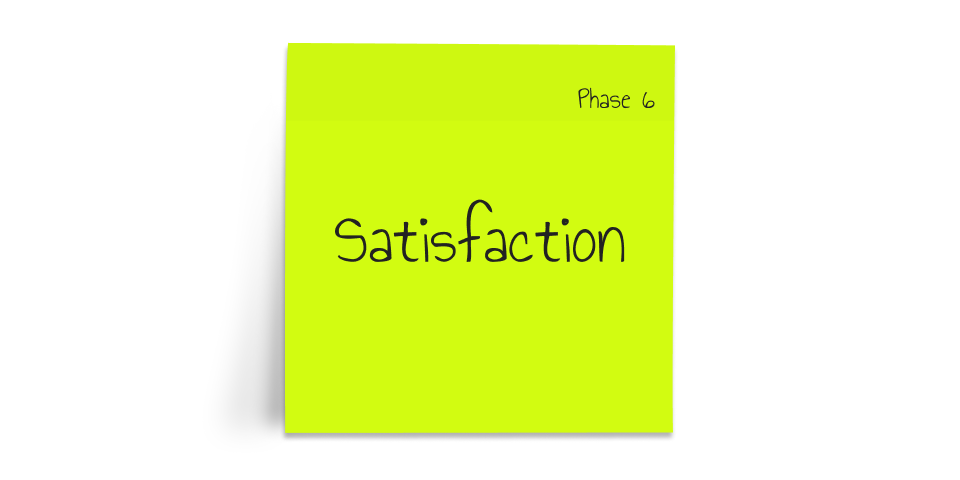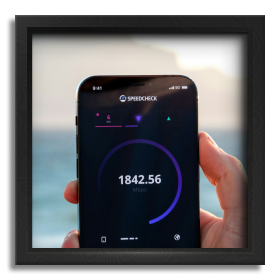The customer journey is the starting point to every solution successfully created, marketed and sold.

No decision is ever random
People seek to become a better version of themselves, whatever their decision is. It acts as the fuel behind every purchase, whether it fulfills functional, emotional, social or aspirational needs.
The one job of product innovation managers is to uncover the source of the motivation people have by looking into where they are today, where a aim to be, and what is holding them back from making the transition. These are anxieties and old habits that maintain people in a status quo (humans naturally develop a reluctance to change).
As people go through their journey, we can impact the way the feel about their needs, their progress and give them ways to turn the fantasy of a better outcome into reality.

The customer journey
The customer journey acts as the baseline for aligning business activities and their respective Key Performance Indicators (KPIs) with how people think, process information and interact with solutions.
This is the birth of the RAACERS framework.
Most people ignore they have a need until the problem is presented to them in a way that resonates in them. It is like raising a mirror in front of them and asking them “aren’t you also struggling?” We reach the target audience where it is, and when it is the most receptive to the mirror with a message that emphasizes the problem, rather than a solution.
People build temptation by picturing themselves using a solution, whether briefly or extensively. This is the moment when anxieties kick in, and self-doubt builds. We make people see the fantasy of the new state we promise them to reach while addressing these anxieties and doubts. We aim to acquire their preference as the solution to their problem.
People’s attempt to use a solution is a decisive moment. People have build expectation in terms of value they will get, and the effort they have to put in to get it. To activate people, we have to deliver value in the fastest way so there is no turning back to old habits. Did we answer the struggling moment in line with the fantasy we made people picture?
But nothing sparks more certainty in hitting the nail on the head, or addressing a struggling moment effectively, than the commitment embodied by the paiement. In a world where free trial becomes the norm, getting people to convert into a paying customer is the ultimate recognition for a job well done.
People that regularly engage with a solution turn it into a habit as a result, and in turn become less likely to abandon it. The frequency of use creates a natural barrier to switching to another solution, In some cases, the level of commitment is such that people become trapped into using a solution due to the amount of time and that has been invested.
Nothing in life lasts forever. Technological shifts occur; the regulatory environment changes; competition stiffens. In such a constantly changing environment, keeping customer satisfied requires constant evolution and adaptability. The moment we retain customers, we get the signal that the quality, reliability and relevance of the solution remain. strong.
The more the solution stays present in the lives of users, the more likely they are to spread the word about how their situation changed for the better thanks to your solution. This creates a powerful word-of-mouth channel to acquire new leads and in turn power growth at little to no cost.

Value drivers
Value drivers aren’t needs. Many of the physical, emotional, social, existential needs haven’t changed in decades. However, the way needs are being fulfilled keeps improving over time.
A value driver is the spark behind the beginning of every customer journey.

“Start with the Customer Experience, then work back to the technology.”
Steve Jobs
Apple Co-founder & former CEO











